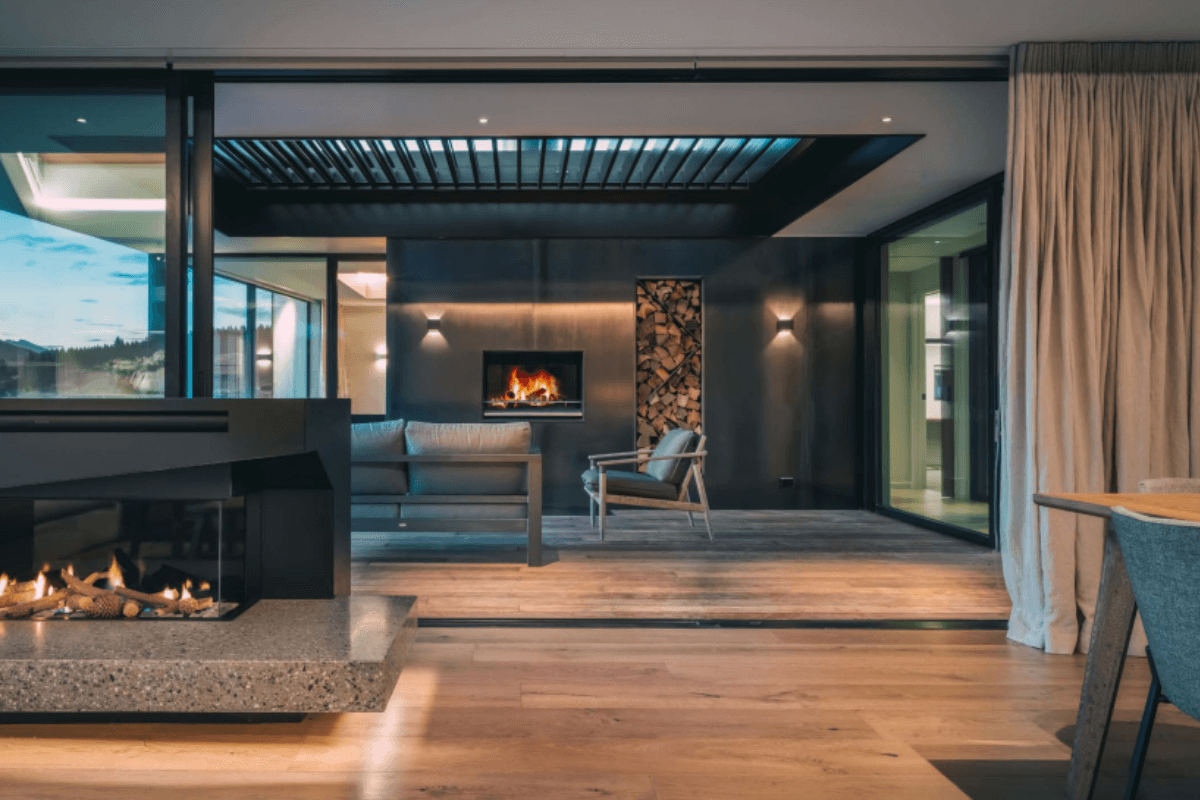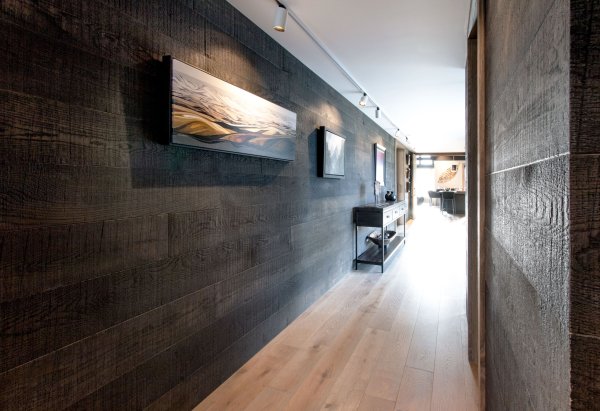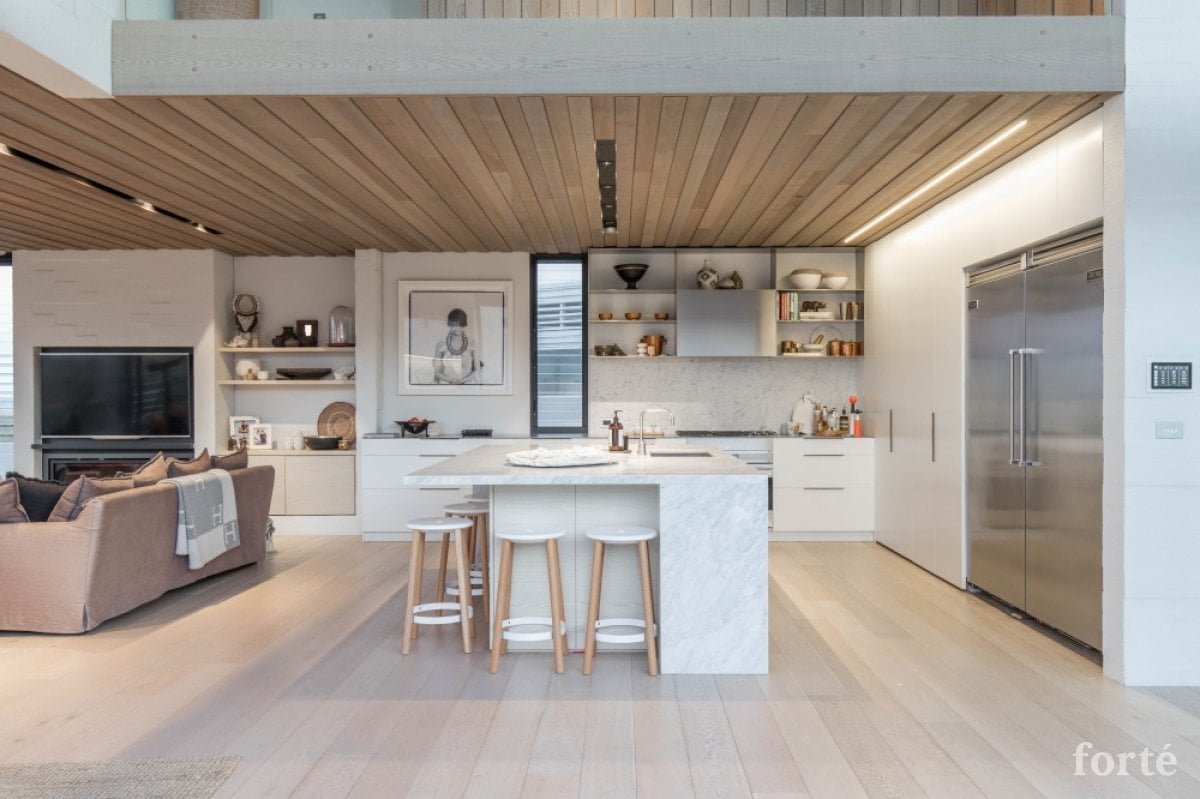Grade and Colour Variation in Wood Flooring: What you need to know
Blog |
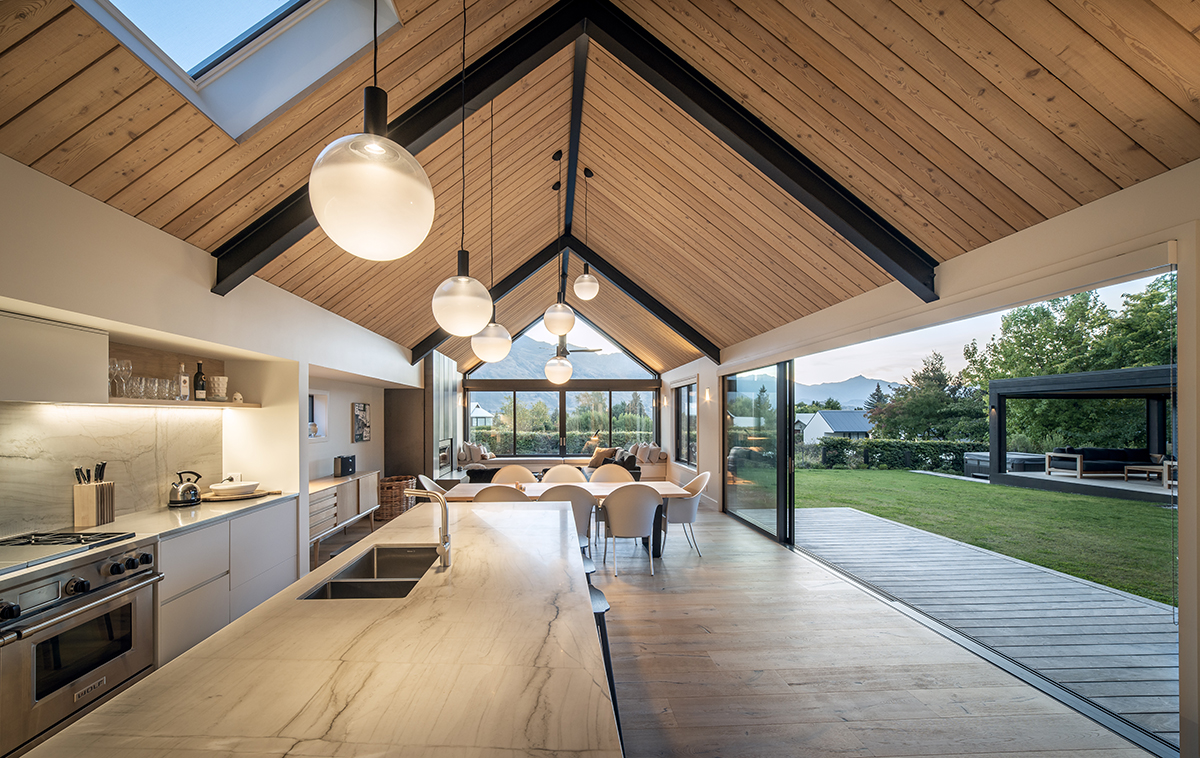
There is nothing quite like a hardwood floor, with its natural aesthetic qualities where no two planks are the same, to create a floor that is authentic and unique to you.
You will notice that some wood floors are full of knots and cracks and have varying colours between planks, and others are quite clear with little to no markings. This is due to the grade of the wood and the colour variation.
When discussing colour variation, we refer to the colour and grain differences between individual planks and batches. The wood may appear lighter or darker in areas and have more markings, cracks and knots, which will cause contrasting colours in some planks and ultimately determine the wood’s grade. These features add to the natural appearance of your wood flooring, keeping it from looking too uniform, like vinyl or laminate flooring.
Below we’ll explain the different grades of wood, what contributes to colour variation, and what you can expect when having wood flooring installed in your home.
Grades of Wood
CLEAR GRADE
Clear grade timber offers a premium, flawless finish with no visible knots, cracks, or imperfections. Its surface is smooth and consistent, with minimal color and grain variation. There will be some minor imperfections, this makes it the ideal choice for projects where a sleek, sophisticated aesthetic is essential. The clean, uninterrupted appearance of clear grade timber brings an understated elegance to any space.
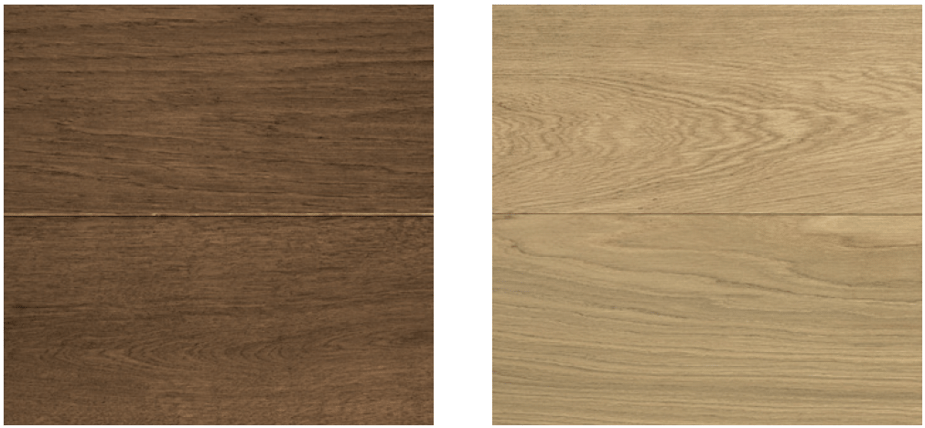
PRIME GRADE
Prime grade timber delivers a refined, natural look with subtle character. While predominantly uniform, it may feature small knots and gentle variations in colour, adding a touch of texture and authenticity. This grade strikes a balance between clean lines and the organic charm of natural wood, making it perfect for spaces that demand both elegance and warmth.
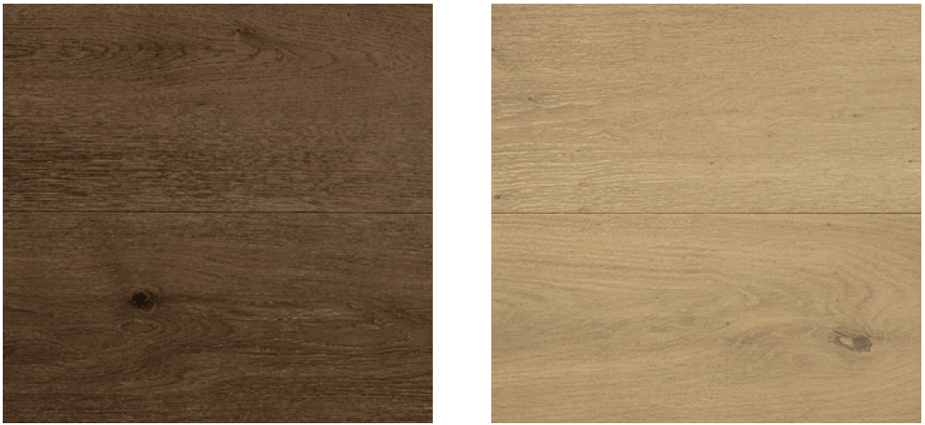
LIGHT FEATURE GRADE
Light feature grade timber introduces a balance between clean aesthetics and natural character. It showcases small to medium knots, natural colour variation and imperfections, bringing a touch more texture and interest. These features offer an authentic reflection of the timber’s natural origins without dominating the design. Knots and cracks are often filled with coloured wood filler, providing a smooth finish while retaining the timber’s unique charm.
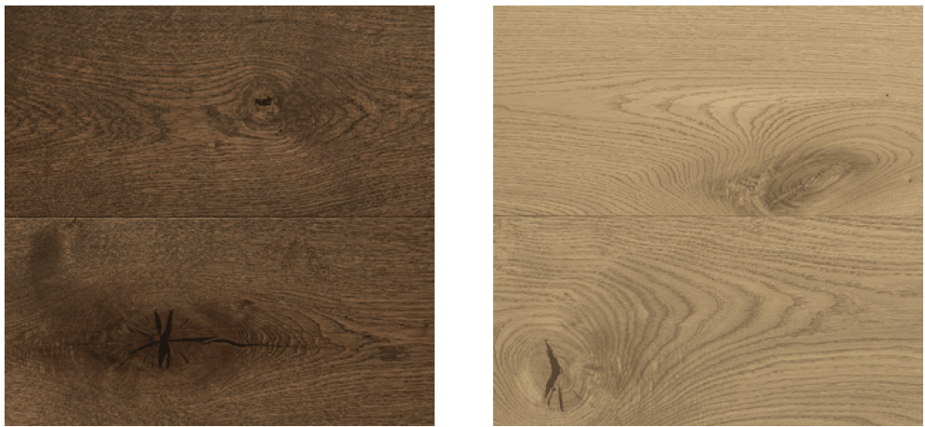
FEATURE GRADE
Feature grade timber offers a more expressive display of natural character. Larger knots, some visible cracks, and colour and grain variation bring a sense of warmth and texture to any space. This grade celebrates the timber’s natural beauty, making it perfect for adding a statement of organic charm. Features like knots and cracks may be filled with coloured wood filler to create a balanced, polished appearance.
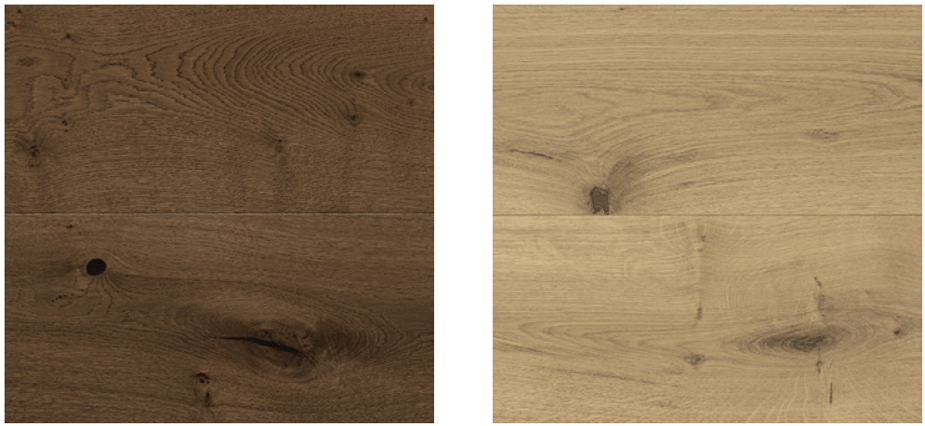
RUSTIC GRADE
Rustic grade timber embraces the raw beauty of wood, featuring large knots, open cracks, and significant colour and grain variation. This grade captures the timber’s natural essence, offering a more rugged texture and bold, organic aesthetic. Knots and cracks may be filled, creating a strong, character-driven look that brings depth and authenticity to any environment.

Markings that Influence Grade and Colour Variation
It is important to note that markings in timber add to the appearance of wood and how it is graded. They do not affect the strength or integrity of the wood.
KNOTS
Knots are unique circular or oval-shaped imperfections in the wood grain, with a darker coloured centre, occurring naturally in trees where the base of a branch grows out of the main trunk. These markings vary in size and can extend deep into the core of the tree. There are two types of knots:
1. Dead knots - where the core has fallen out or been removed and is filled with a coloured wood ‘filler’.
2. Live knots - where the core is intact and does not require filling.
Knots give a unique, natural character to wood and are more commonly seen in light feature, feature and rustic grades.
SAPWOOD
Sapwood is a distinct, lighter-coloured streak in the outermost portion of a tree trunk that acts as a ‘pipeline’ through which water passes from the roots to the leaves, making it a natural occurrence rather than a defect. Sapwood is the younger wood of the tree that grows around the older, darker centre of the tree (the heartwood) and darkens as the tree grows. Sapwood in wood becomes more prominent over time when exposed to sunlight/UV.
Staining the planks can help blend the natural characteristics and may lessen the appearance of sapwood. However, it will not eliminate them. Roasted or fumed wood has distinctive sapwood as the heating process causes an even greater colour contrast, making the sapwood even more prominent, especially over time.

MEDULLARY RAYS
These are ‘tiger-stripe’ looking distinct rays, waves or flecks against the grain extending radially from the tree’s centre outwards. They have a pale-coloured, natural appearance in wood and indicate that your timber has been crafted from quality quarter-sawn Oak. Medullary Rays can appear to have a shine to them, gleaming under direct sunlight.
Before a tree is sawn, it has a network of vein-like cells inside the trunk that transport nutrients from the heart of the tree to the extremities. When the tree is milled, specific cuts (usually those made to the top and bottom of the log) run across the tree’s vein-like cell structure at an angle, resulting in these unique vein-like markings known as medullary rays.
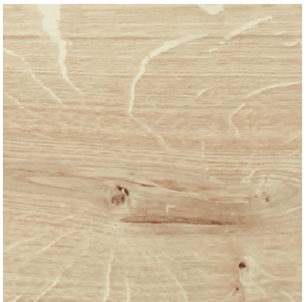
CRACKS
Cracks (also called shakes) are a natural-occurring split across the grain of the wood. There are many causes for cracks, such as uneven wood drying, high winds, frost, or felling trees past maturity.
These cracks are usually filled with a coloured wood ‘filler’, but in some cases, particularly with a Rustic Grade wood, they may be part-filled to add to the character or feature of the wood. The number and size of the shakes in your timber are again, affected by the grade you choose.

PINHOLE
Pinholes are a series of tiny black holes caused by an Oak pinhole borer and are found in wood in any grade below clear grade. The borer lays its eggs, and the larvae bore deep into the heartwood of stressed Oak. Borer cannot survive once the wood has been dried out and are gone before the wood is crafted into planks.

FIGURING
Figuring (or cats paw) refers to the markings found on longitudinal surfaces of wood. The figure of a piece of wood can be linked to factors such as its grain and the way it was cut, or it may be due to the unique properties of the timber.
Figuring can also occur due to a burr (or burl) where a tree growth has grown deformed, extending far into the trunk, and has affected the grain.

WOOD FILLER
Wood may contain ‘knots’ or ‘cracks’ which are typically filled with a coloured wood filler during the manufacturing process. The filler colour is carefully chosen to complement rather than precisely match the wood, and it may change from batch to batch. Please refer to the specification sheet of your selected product to understand which wood filler will be used.

For more information on what to expect when choosing engineered timber flooring for your project, read our Buyers Awareness article.
Visit one of our Showrooms
If you have any queries about our products or need help with your project, we can provide you with expert advice. Visit one of our showrooms or book a consultation with our flooring experts today.

